Stephen Hawking, near the end of his life and career, came to believe that his early work had been mistaken. In particular, Hawking came to believe that science does not provide a "God’s-eye view" of reality. Rather, we need to build a theory of the universe from the inside-out, from within; reasoning backwards from our place as an observer. The later Hawking, along with his collaborator, cosmologist Thomas Hertog, argues for a model of the universe not as a machine, but as a self-organising entity, in which the laws of physics themselves evolved within and after the furnace of the Big Bang.
The late physicist Stephen Hawking first asked me to work with him to develop "a new quantum theory of the Big Bang” in 1998. What started out as a doctoral project evolved over some 20 years into an intense collaboration that ended only with his passing on March 14, 2018.

The enigma at the centre of our research throughout this period was how the Big Bang could have created conditions so perfectly hospitable to life.
___
In the old days, it was thought that the apparent design of the cosmos meant there had to be a Designer – a God. Today, scientists point to the laws of physics.
___
Questions about the ultimate origin of the cosmos take physics far out of its comfort zone. Yet this was exactly where Hawking liked to venture. "To boldly go where Star Trek fears to tread" was his motto – and also his screen saver. The prospect – or hope – to crack the riddle of cosmic design drove much of Hawking’s research indeed.
Our shared scientific quest meant that we inevitably grew close. Being around him, one could not fail to be influenced by his determination and optimism that we could tackle these mystifying questions. He made me feel as if we were writing our own creation story, which, in a sense, we did.
In the old days, it was thought that the apparent design of the cosmos meant there had to be a Designer – a God. Today, scientists point to the laws of physics. These laws have a number of striking life-engendering properties. Take the amount of matter and energy in the universe, the delicate ratios of the forces or the number of spatial dimensions. Physicists have discovered that if you tweak these properties ever so slightly, it renders the universe lifeless. It almost feels as if the universe is a fix – a big one.
So where do the laws of physics come from? From Albert Einstein to the earlier Hawking, most 20th century physicists regarded the mathematical relationships that underlie the laws of physics as eternal truths. In this view, the apparent design of the cosmos is a matter of mathematical necessity. The universe is the way it is because nature had no choice.
Around the turn of the 21st century, a different explanation emerged. Perhaps we live in a multiverse, an enormous space that spawns a variegated patchwork of universes – each with its own kind of Big Bang and physical laws? It would then make sense, statistically, for a few of these universes to be life-friendly.
However, soon such multiverse musings got caught in a spiral of paradoxes which left one without verifiable predictions at all.
___
“We are not angels who view the universe from the outside,” the later Hawking told me.
___







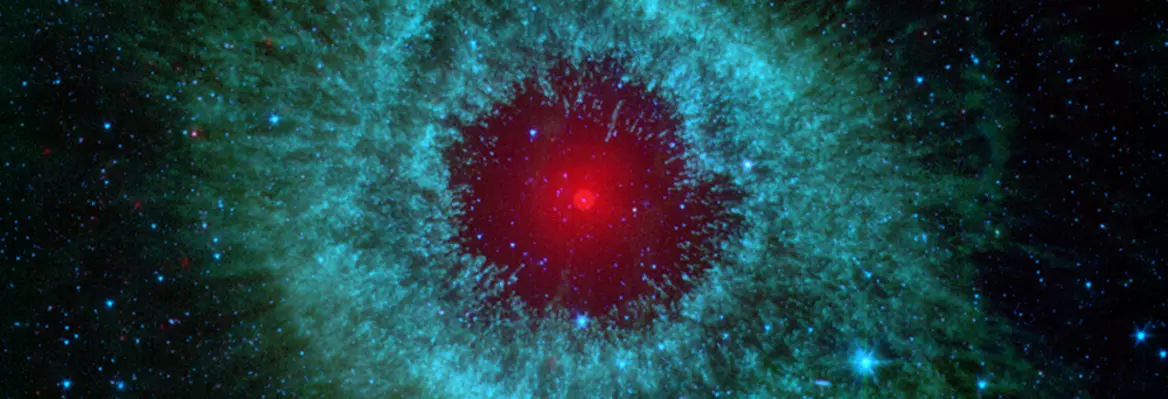



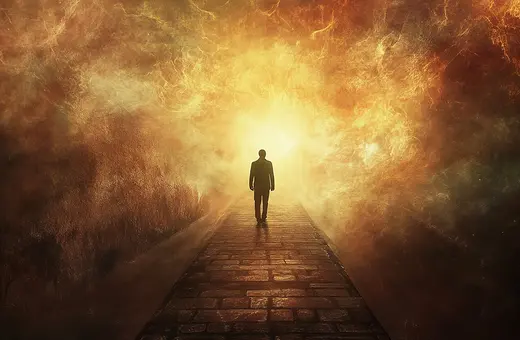
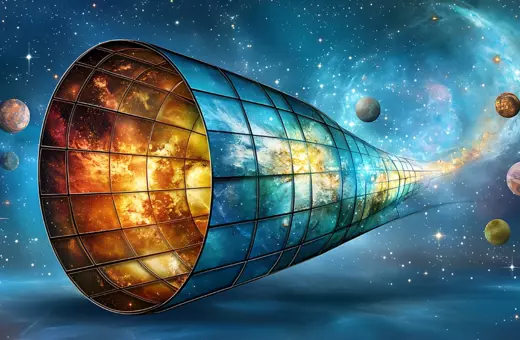
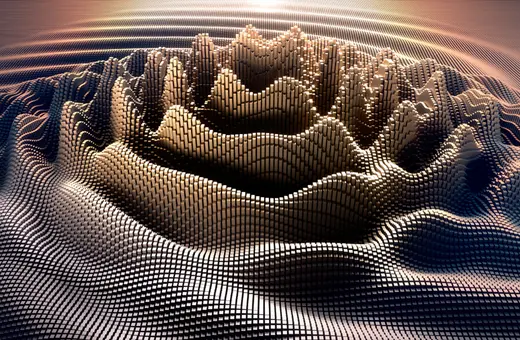

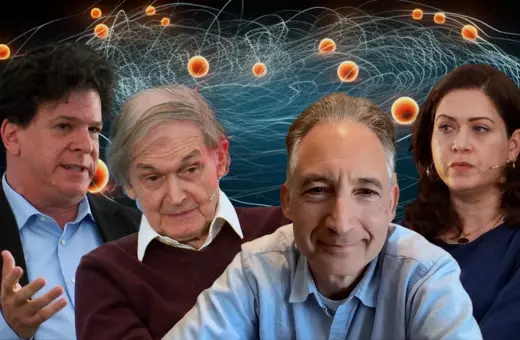

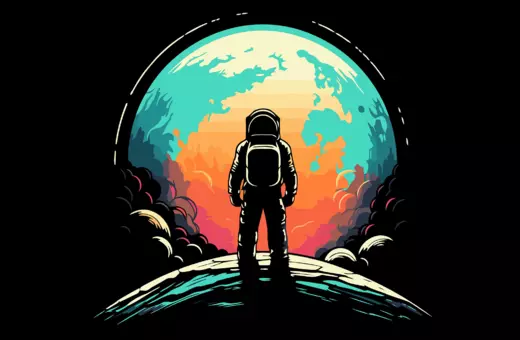




Join the conversation